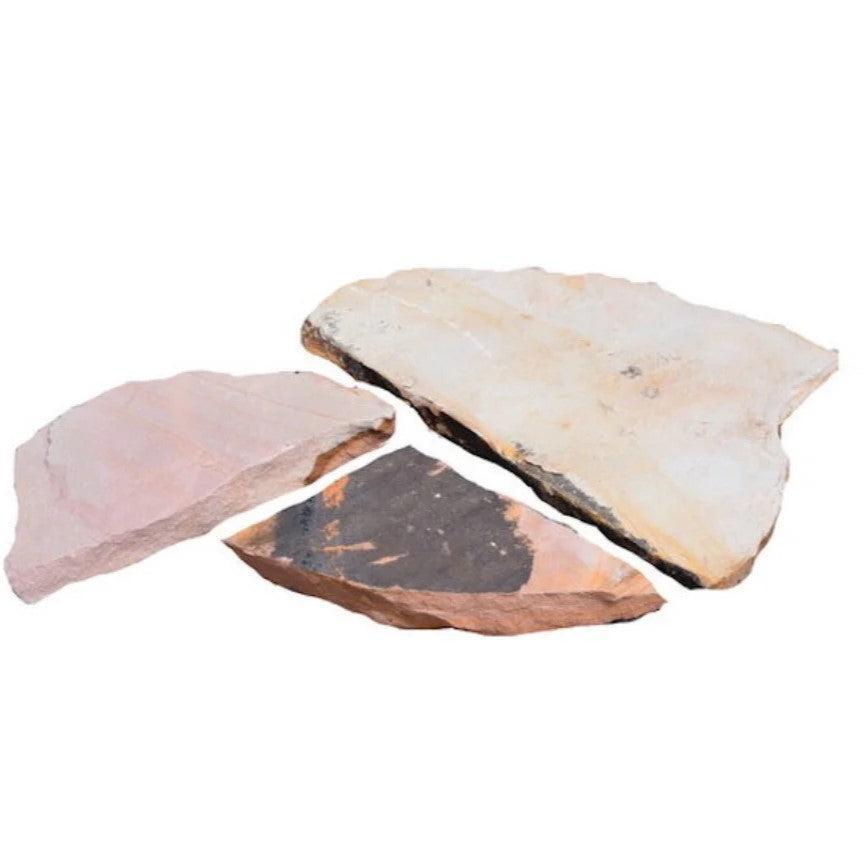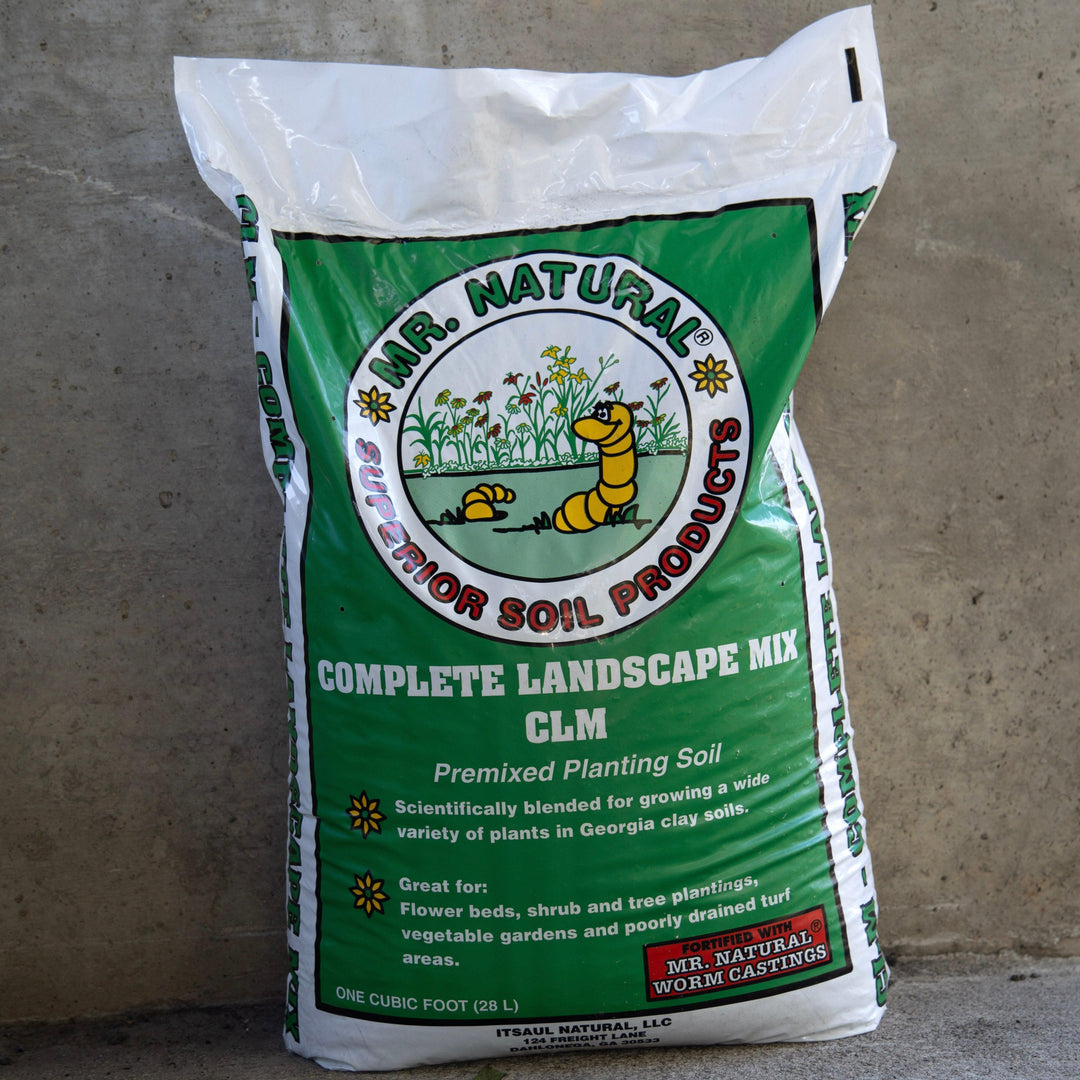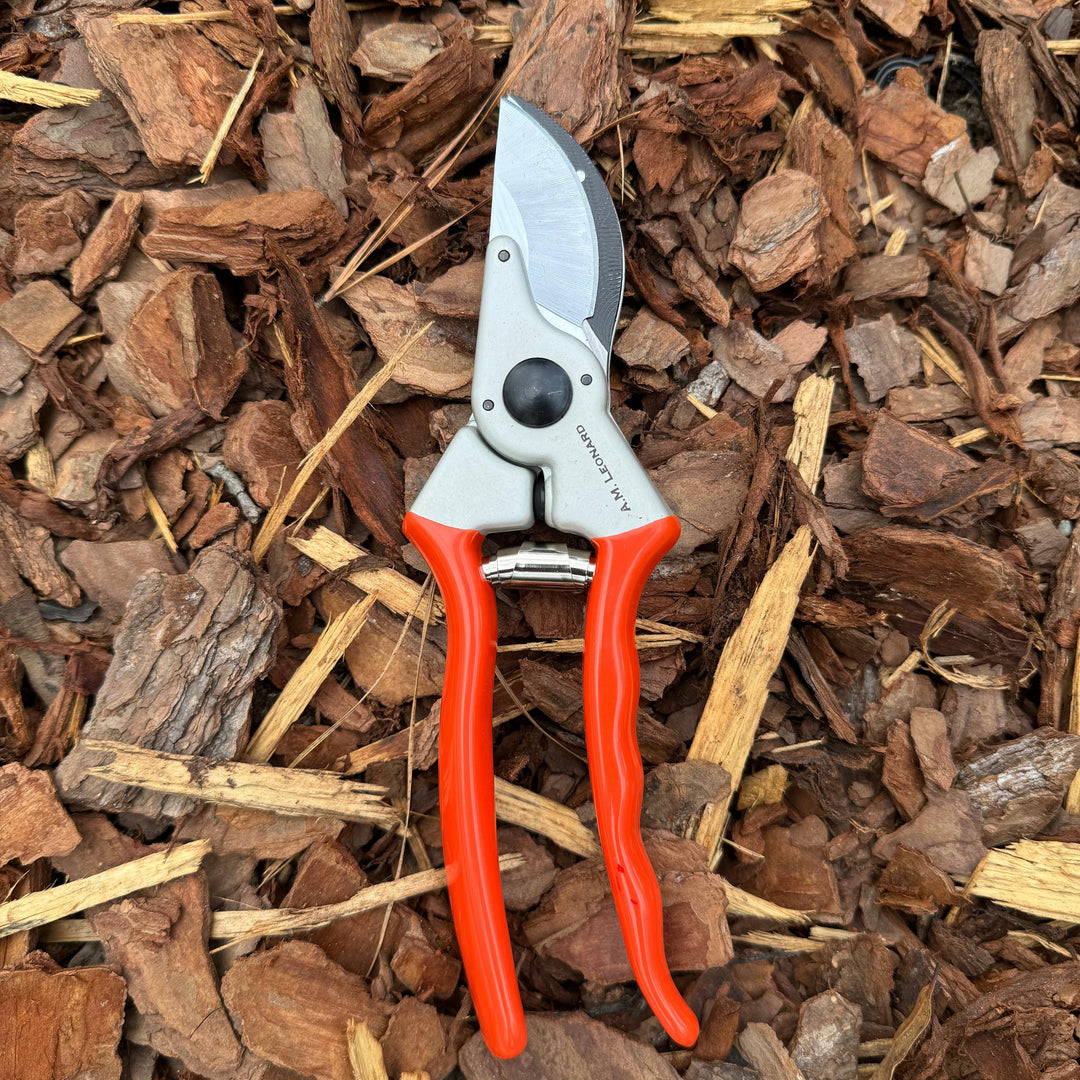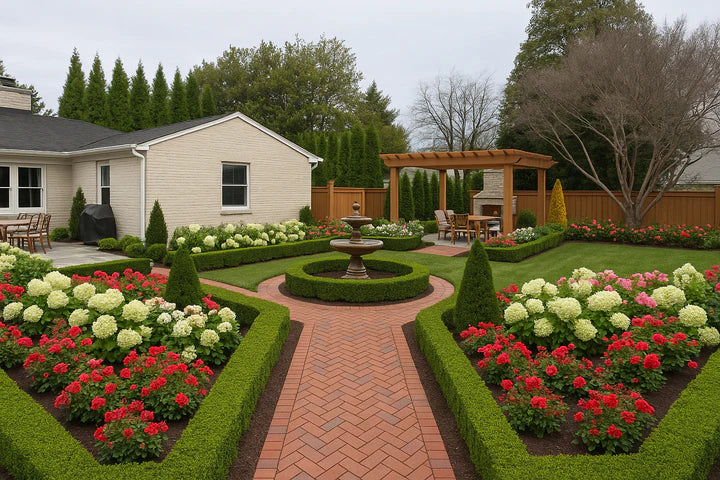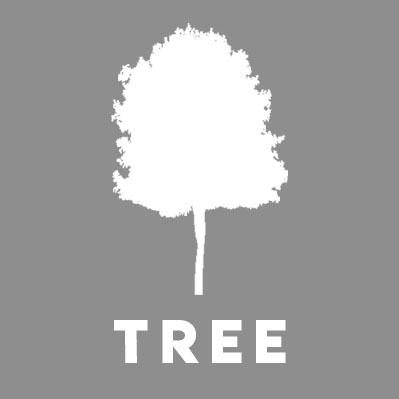
With proper care, trees can be valuable commodities around our homes, communities and urban landscapes. Providing care requires understanding tree biology, or how and why trees function. Trees constantly interact with the environment, including changes in soil, light, temperature, moisture, competitors and pests. Humans can produce additional stress by altering environments, but with proper care and maintenance trees can survive and thrive in your landscape.
To best care for shade and street trees, it is important to learn to recognize problems and understand how trees react to changes in their environment. Caring for trees when they are young can prevent many major defects as they mature and ensure good growth with long-term structural stability. Trees with structural weaknesses can be potentially dangerous to humans and property. These “hazard” trees need to be identified and immediately removed.
Proper care can also correct life-threatening problems, ensure continued health and protect trees from environmental extremes and construction damage. Correctly diagnosing the real cause of problems rather than simply treating symptoms is important. For example, treating a symptom, such as yellow foliage, by applying fertilizer without first determining the true cause of the yellowing may cause undue stress for the tree. Timely treatments that are properly applied will keep trees in the best health possible.
Source: UGA Extension

















